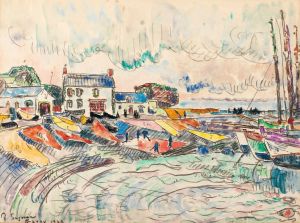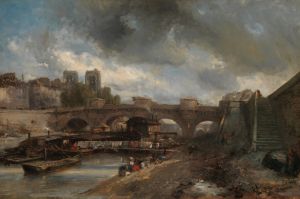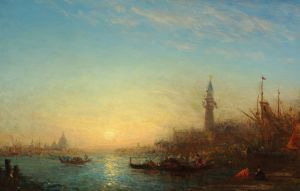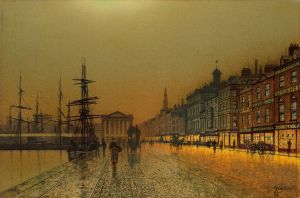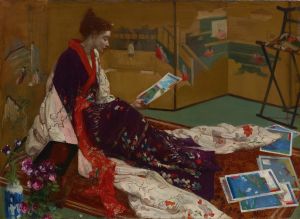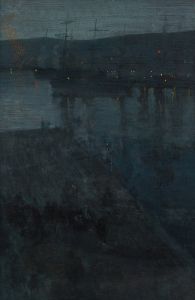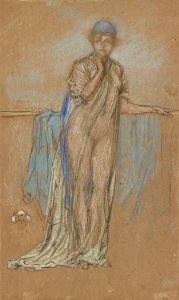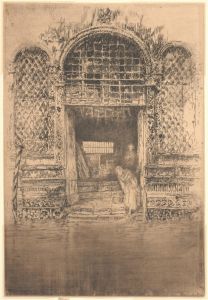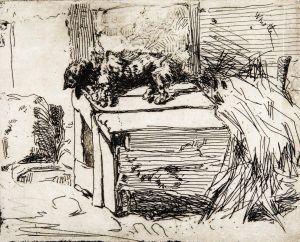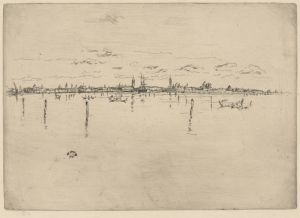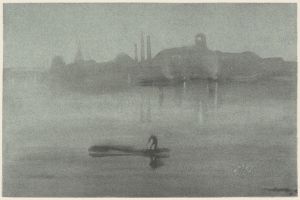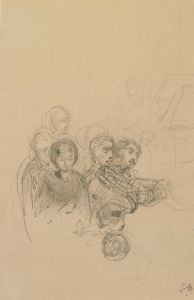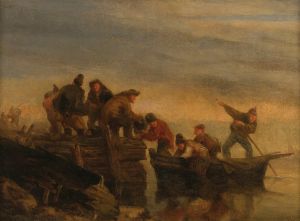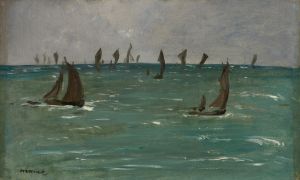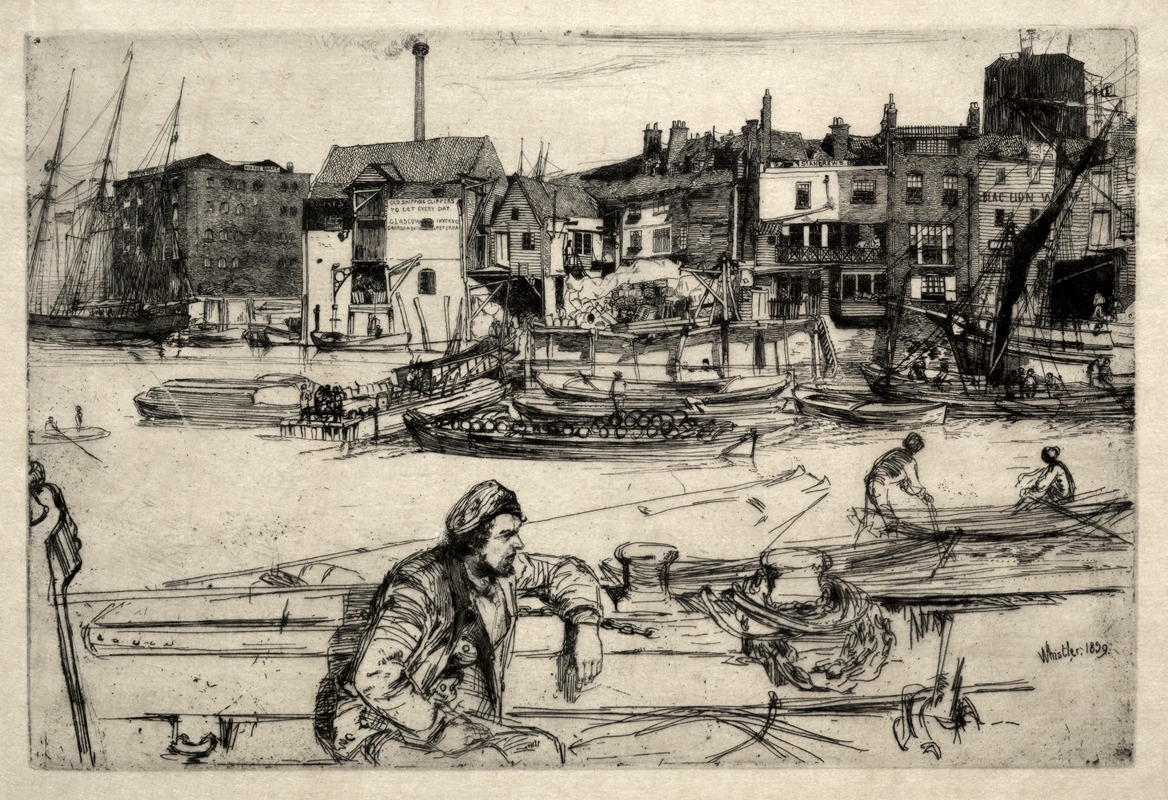
Black Lion Wharf
A hand-painted replica of James Abbott McNeill Whistler’s masterpiece Black Lion Wharf, meticulously crafted by professional artists to capture the true essence of the original. Each piece is created with museum-quality canvas and rare mineral pigments, carefully painted by experienced artists with delicate brushstrokes and rich, layered colors to perfectly recreate the texture of the original artwork. Unlike machine-printed reproductions, this hand-painted version brings the painting to life, infused with the artist’s emotions and skill in every stroke. Whether for personal collection or home decoration, it instantly elevates the artistic atmosphere of any space.
"Black Lion Wharf" is an etching created by the American-born artist James Abbott McNeill Whistler in 1859. Whistler, who was a prominent figure in the 19th-century art world, is best known for his work in the Aesthetic Movement, which emphasized the visual and sensual qualities of art and design over narrative or moral messages. This particular etching is part of Whistler's "Thames Set," a series of works that depict various scenes along the River Thames in London.
The etching "Black Lion Wharf" captures a bustling scene along the riverbank, showcasing Whistler's keen eye for detail and his ability to convey the atmosphere of a specific location. The composition features a view of the wharf with various figures engaged in their daily activities, such as loading and unloading goods. The intricate lines and careful attention to architectural elements highlight Whistler's technical skill and his interest in the interplay of light and shadow.
Whistler's "Thames Set" was created during a period when he was deeply influenced by the Realist movement, particularly the works of Gustave Courbet. This influence is evident in the way Whistler chose to depict everyday scenes and ordinary people, focusing on the authenticity of the moment rather than idealized representations. "Black Lion Wharf" exemplifies this approach, offering a snapshot of life along the Thames during the mid-19th century.
The etching was produced using the intaglio printmaking technique, which involves incising a design onto a metal plate. Whistler's mastery of this technique allowed him to achieve a high level of detail and subtle gradations of tone, which are evident in the textures of the buildings, water, and sky in "Black Lion Wharf." The work is notable for its composition, which draws the viewer's eye along the riverbank and into the distance, creating a sense of depth and movement.
"Black Lion Wharf" was well-received upon its release and contributed to Whistler's growing reputation as a skilled etcher and artist. The etching was included in the "Thames Set," which was published in 1871 and helped establish Whistler as a leading figure in the etching revival of the 19th century. This revival was characterized by a renewed interest in the art of etching, with artists exploring the medium's potential for fine detail and expressive line work.
Today, "Black Lion Wharf" is considered an important example of Whistler's early work and his exploration of urban landscapes. It reflects his fascination with the city of London and its river, capturing the dynamic and ever-changing environment of the Thames. The etching is held in various public and private collections, where it continues to be studied and appreciated for its artistic and historical significance.





